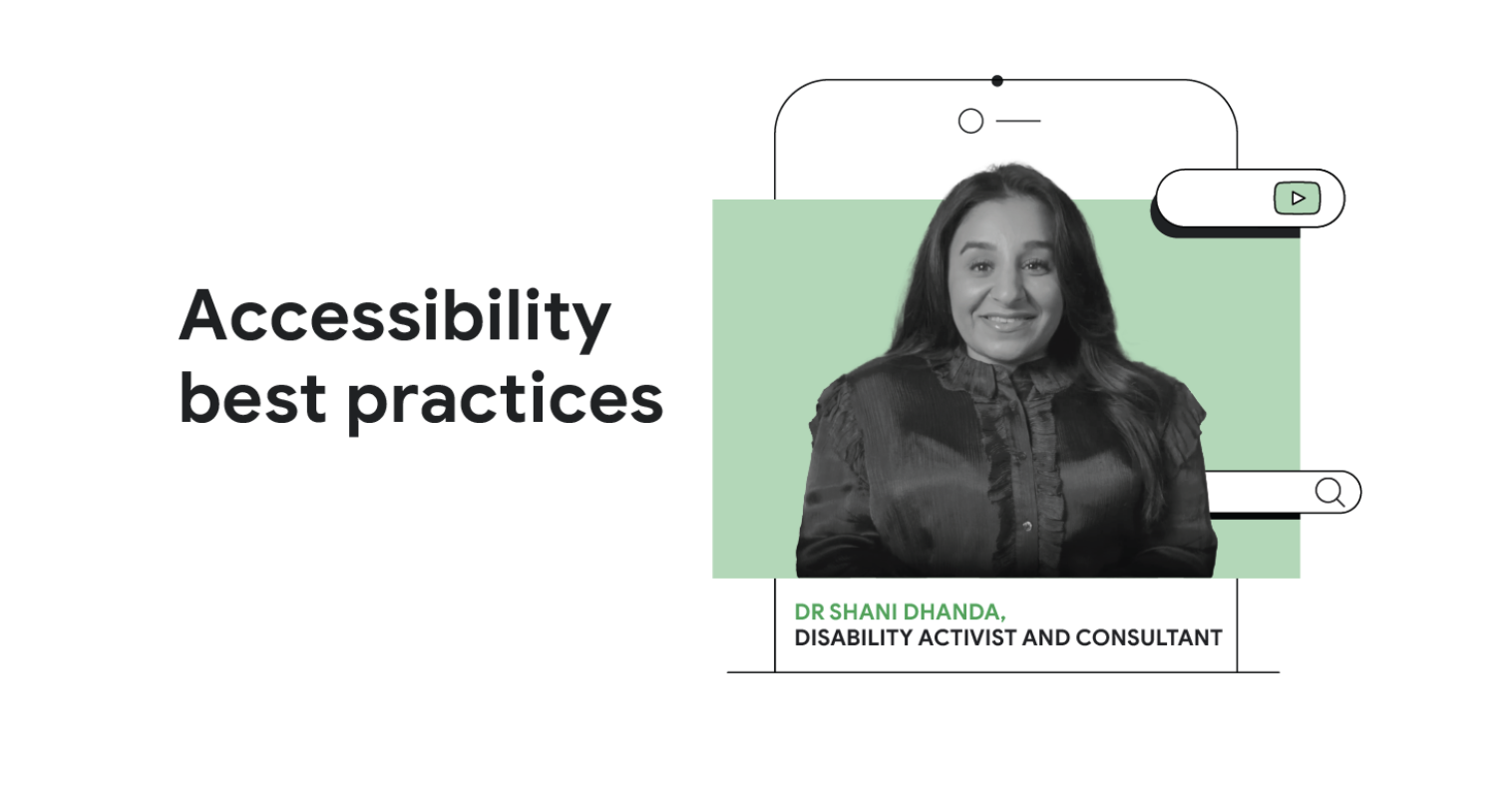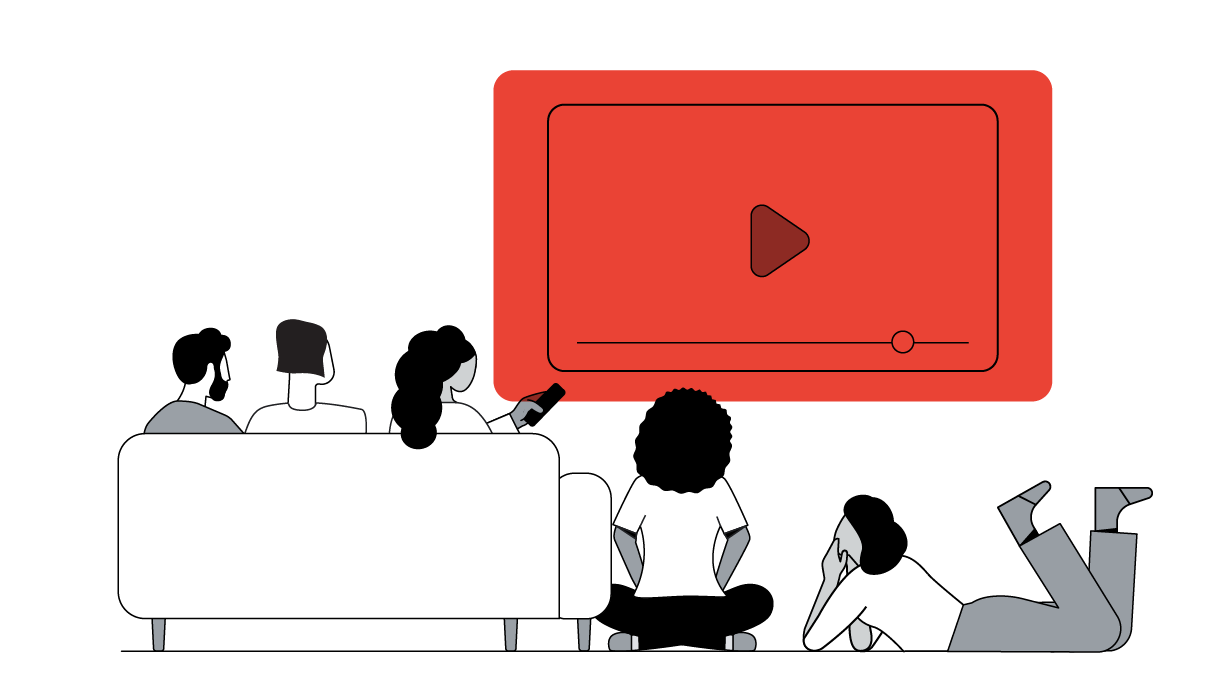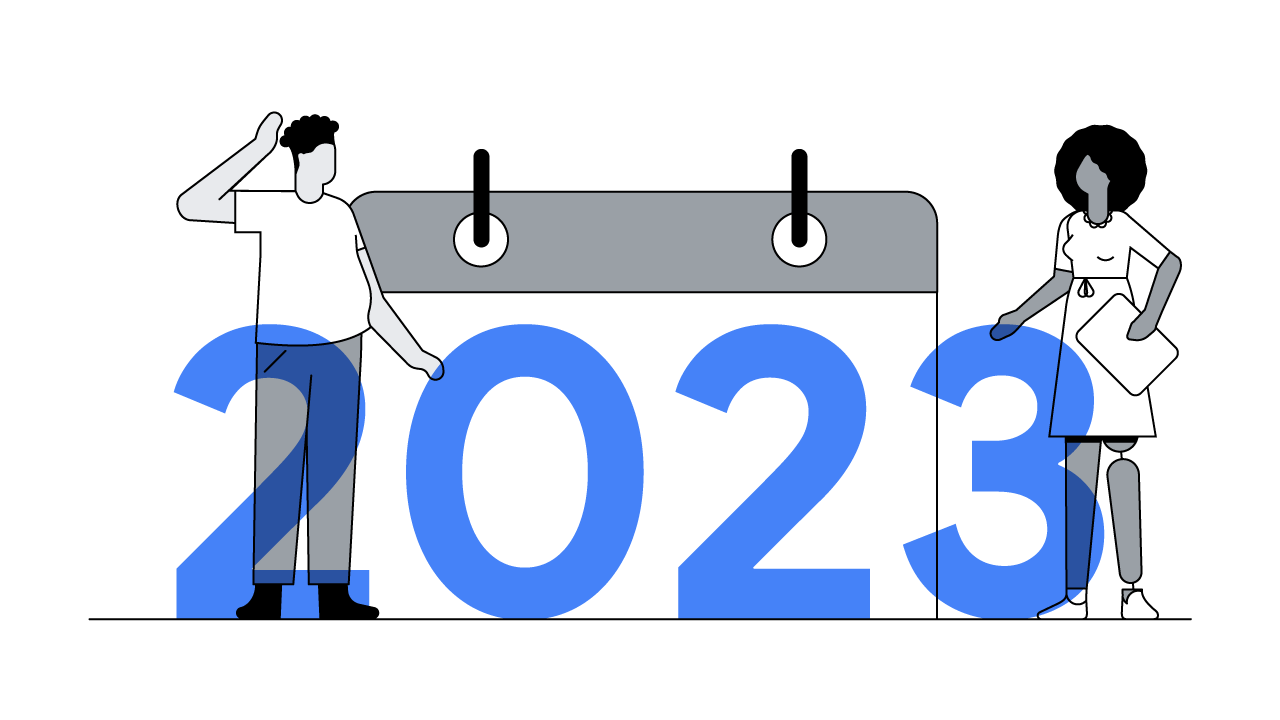Digital experiences should be fast and seamless. If they’re not, the outcome can be costly. In 2015, ad blocking cost publishers $21.8 billion. More than 600 million devices globally –11% of the world’s entire internet-connected population – are running ad blocking software. People use ad blockers for various reasons, but the most common cause they cite is that there are just too many annoying ads. What can publishers do to turn the tide?
For publishers, addressing the issue of ad blocking comes down to understanding your audience and engaging directly with them. Think about who visits your site, why they visit and why some choose to block ads.
People who use ad blockers fall into four groups:
Those who want to protect their privacy. People in this group value choice and control over their browsing experience, and are more likely to allowlist a site than disable their ad blocker completely.
Those who simply don’t want to see ads. These users enjoy the convenience of not seeing ads and are likely to move on if they run into roadblocks or requests.
Those who don’t realise they’re using an ad blocker. Many people have an ad blocker that was installed by a friend or family member, or use a browser that automatically enables a “privacy” mode. This group tends to be open to allowlisting or even disabling their ad blocker as long as it’s quick and easy.
Those who are overwhelmed by intrusive, annoying ads. Plenty of users want to support good content and don’t object to ads in principle, but they’re simply overwhelmed by intrusive ads and see ad blocking as their only option. These people are most likely to allowlist a site and are open to reasonable alternatives like paid subscriptions.
Address users effectively to avoid ad blocking
There are two tactics that can help publishers to tackle ad blocking head on. First, show your site is worth supporting. For example, you can introduce article counters to show how often a person visits your site. Couple this with a “soft” wall to set a limit on the number of articles a person who blocks ads will be able to read.
You can also ask people to allowlist your site. This is one of the most common approaches publishers use to contend with ad blocking. If you pursue this route, make sure your message resonates. How?
- Keep it short and to the point.
- Speak to your audience in your own voice.
- Give visitors multiple opportunities to see your message, since they won’t necessarily convert the first time.
- Be open and honest rather than accusatory, and emphasise how ads support your site.
- Avoid jargon. Instead of “allowlisting” just say “allow ads”.
- Remind regular visitors of how often they come to your site. For example you could say, “You must love us – you’ve viewed 10 articles today. Please consider supporting us by unblocking ads or purchasing an ad removal pass.”
- Treat your visitors with respect. The goal is to create a positive browsing experience that keeps them coming back.
- Continuously monitor audience responses, and adjust messaging accordingly.
Five steps to engaging with people who block ads
When you’re reaching out to people who use ad blockers on your site, take care to do so in a way that’s respectful and elevating. Tick off these steps to ensure your message stays on the mark:
- Remove negative ad experiences from your site.
- Learn why people use ad blockers on your site.
- Plan your strategy using allowlist requests, article counters or paywalls.
- Design your allowlist request messaging around your audience.
- Monitor how people respond to your strategy.
The most important thing to remember is to respect your audience’s time and experience, both with the ads you host and with your requests to allow ads. By showing people that visiting your site is part of their routine browsing, it makes a strong argument that your site is worth supporting.






